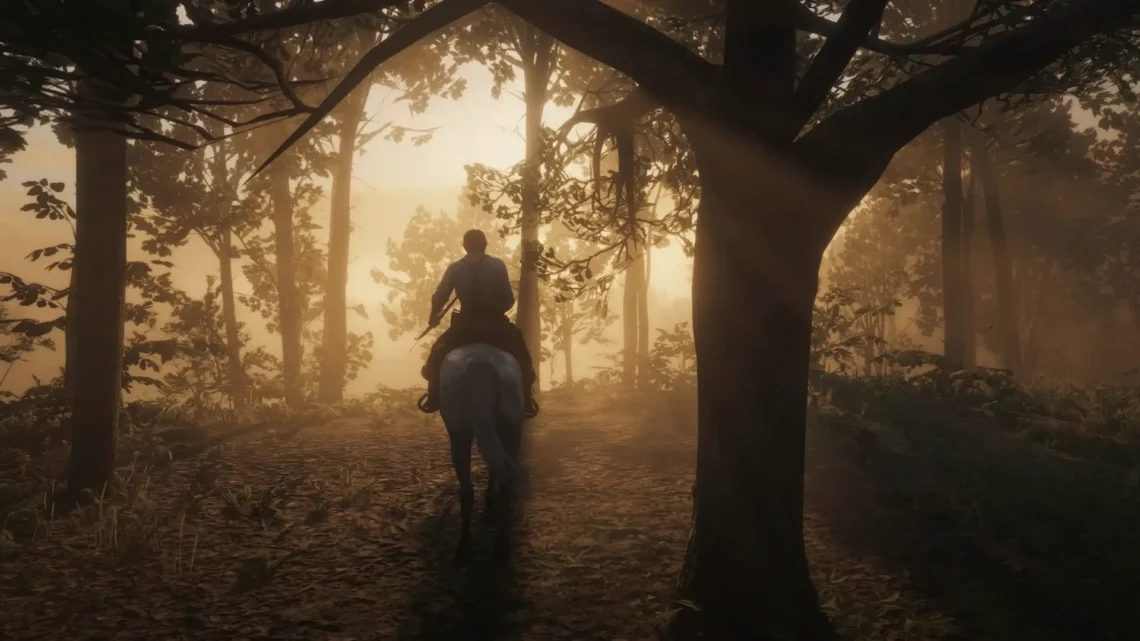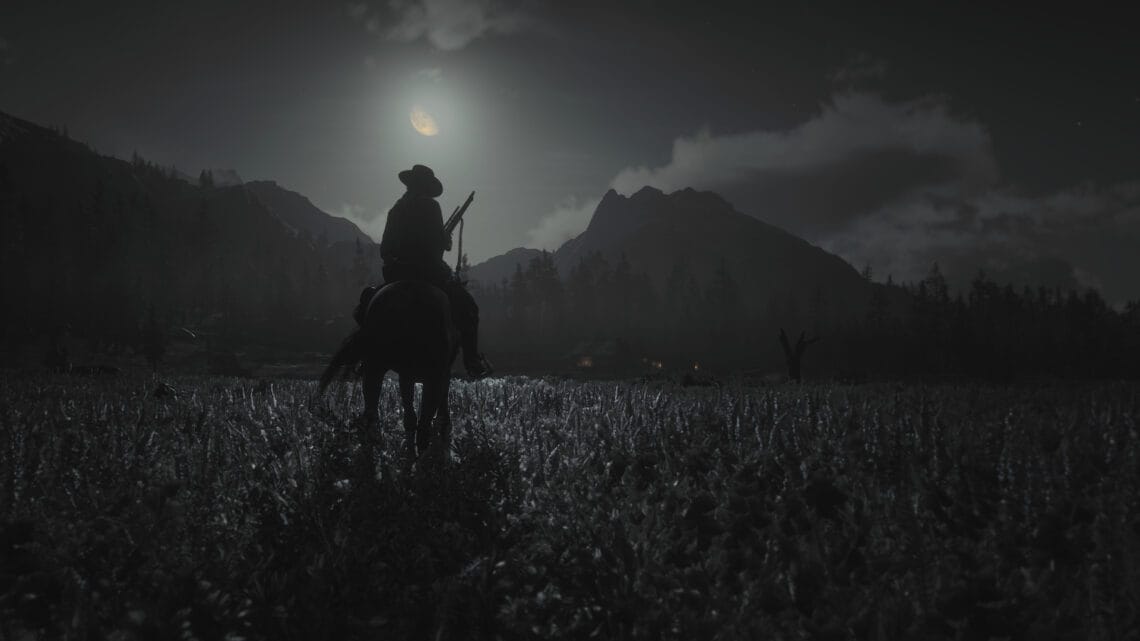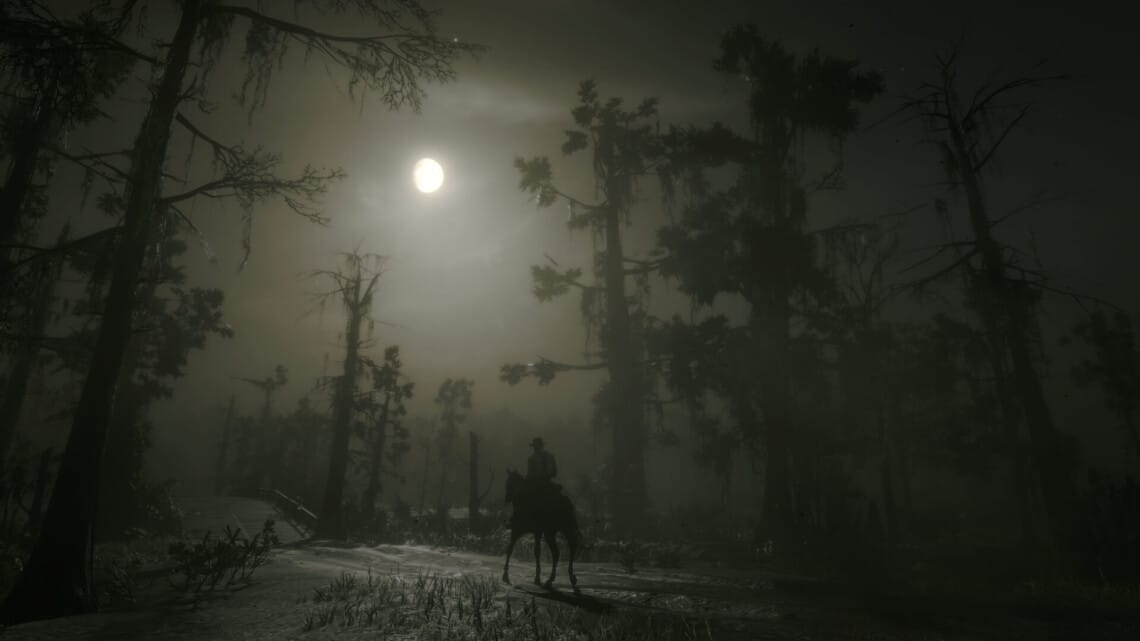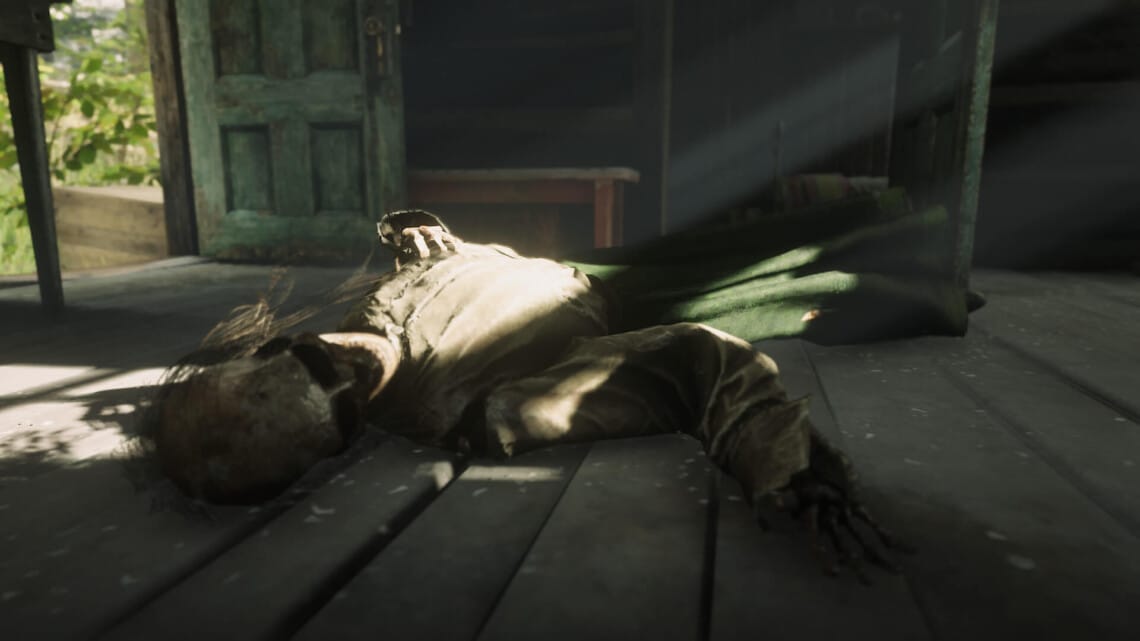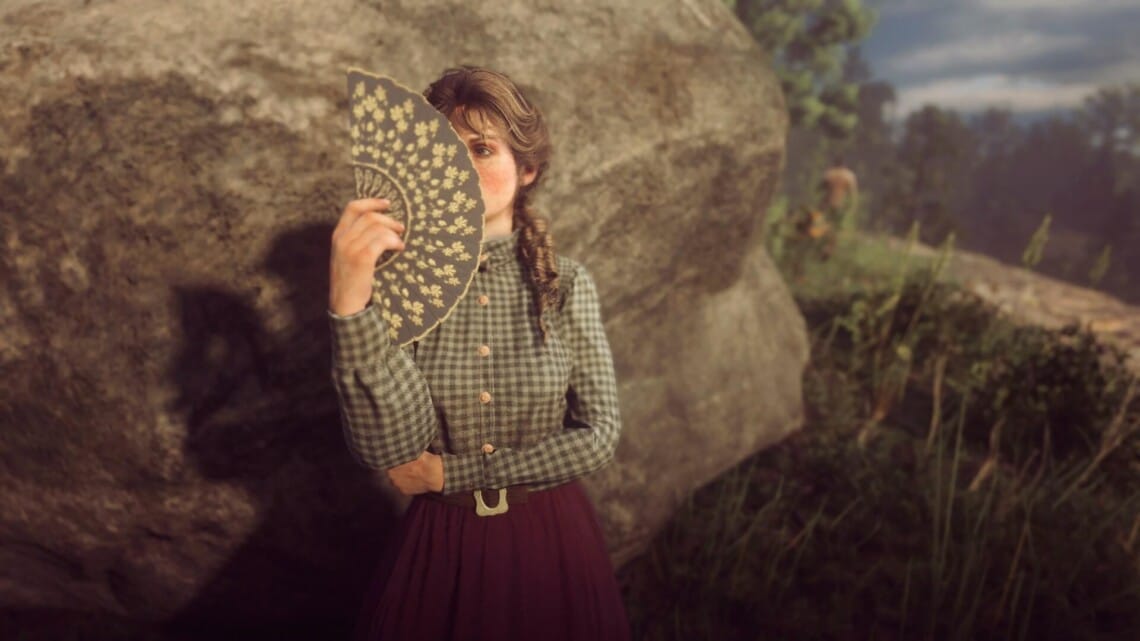Red Dead Redemption 2 is a paradox: despite justifiably being called one of the greatest games ever made, as a work of narrative art, it falls short of greatness. In aspects — the standout performances, the rendition of characters’ facial expressions, the golden choruses of the sunsets — it is superb. However, despite the story's powerful effects, RDR2's reputation as a superlative work is undeserved. Some of its formal problems are, perhaps, inevitable in a narrative form as nascent as the video game. Plot holes break the fabric of the story here and there.
Warlock — an 1958 Western by American novelist Oakley Hall — influenced Red Dead Redemption 2 deeply. Its complex plot is loosely based on iconic elements of the incidents now known as the Gunfight at the O.K. Corral and the Johnson County War. Like RDR2 itself, it reimagines and reworks its source material. Tombstone, Arizona, becomes Warlock, a frontier town plagued by random acts of violence: a group of men associated with local rancher Abe McQuown shoot the place up, rustle cattle, and rob stagecoaches. Because the state governor, General Peach, is senile, he hasn't issued Warlock a town patent, which means the townspeople have no authority to hire a…
Allusions to William Shakespeare's The Tempest are among the most obvious references in RDR2 — and yet, other allusions to the Bard's work are so subtle we almost have to guess at them. The game doesn't make direct allusion to King Lear or Othello, but the influence of those dramas is clear. Those plays feature a scheming villain spitting poison in the ear of a noble-but-tragically-flawed leader and a loyal but hapless child or follower who dies as a result of the leader's weakness: a plot that RDR2 reworks beautifully. However, this is an influence felt, not named. Other Shakespearean works are alluded to more directly. We’ll begin by discussing…
More allusions to Emily Brontë's Wuthering Heights in Red Dead Redemption 2, including themes, character and mission names, and more.
The flawed beliefs about gender that Dan Houser, Michael Unsworth, and Rupert Humphries demonstrate through RDR2 harm their efforts to write characters of both the genders the game depicts. They dismiss the women and damn the men rather than allow them to act in ways the Western codes as feminine. If they were able to understand that women are not lesser beings, perhaps their minds would be broad enough to imagine other endings for their male characters. But they aren't: women are not written well in RDR2.
Homophobia often shares roots with misogyny: patriarchal constructs define male homosexuality as inherently feminine, which patriarchy believes is bad, because, naturally, women are less than, other, prone to evil, etc. Rockstar's portrayals of women in Red Dead Redemption 2 don't significantly diverge from this viewpoint.
One of the writers’ apparent motivations in writing Red Dead Redemption 2 was to make Red Dead Redemption even more sad. The way the first game is retconned in the second one can be annoying because of the mismatch in details, but at times, it’s very effective ...
